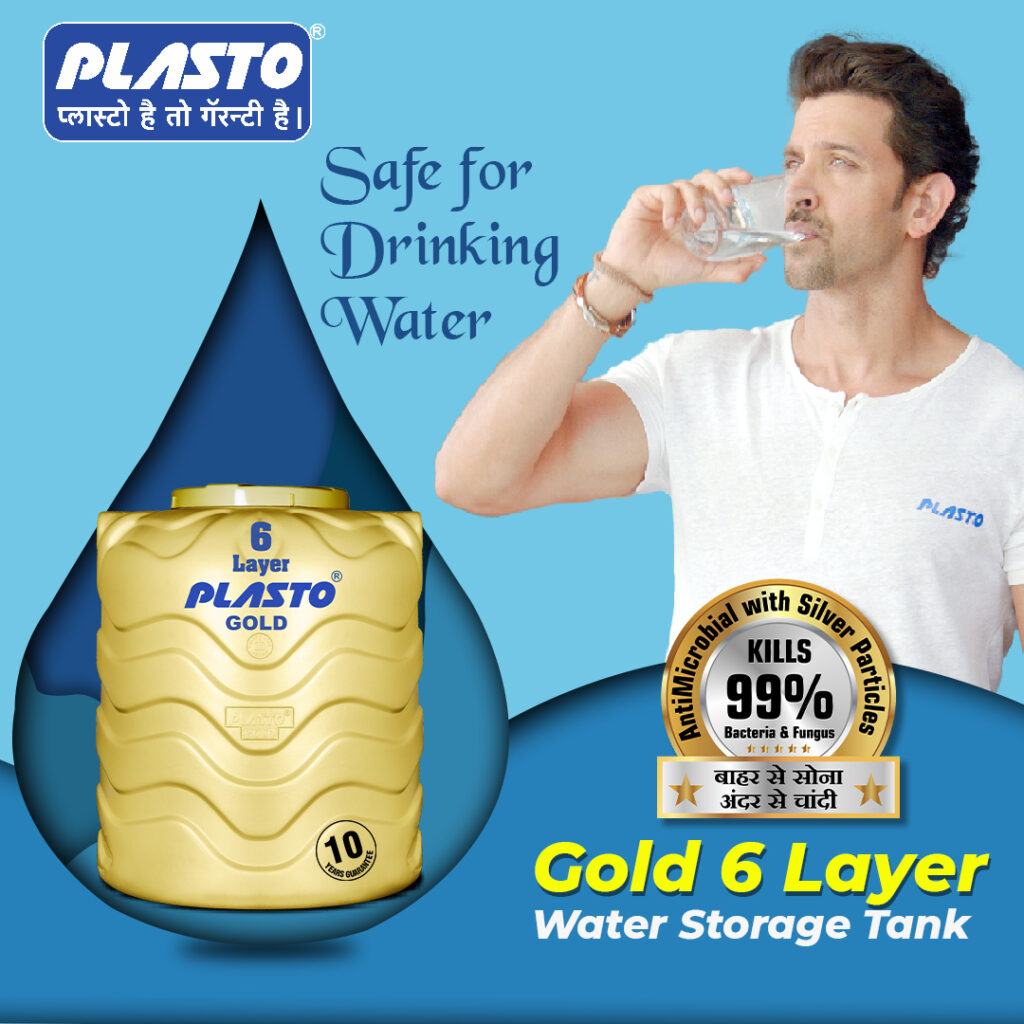Providing A Smart And Safe Solutions For Drinking Water
Clean and safe water is the backbone of a healthy economy yet it is always under prioritized.
In India, water is the backbone of living for more than 70% of the population engaged in the water-intensive agriculture sector. Besides, 10-15% of the population is employed with industries that are directly dependent on water such as textile, leather, food processing, etc. Thus, Water has a multitude of linkages with the country’s economic health.
All these factors are affecting millions of lives every day but lack of sensitization and irresponsibility with regard to water management, water use efficiency, and water conservation has resulted in complete failure of water storage and safe water access to the nation. Encouragement and recognition would be an effective way to build the culture of water resource protection and conservation- change

Water Crisis in India
India, the second most populated country in the world, is the center of the global water and sanitation crisis. It receives only four percent of the world’s freshwater resources. However, the frequently changing weather pattern and droughts are increasing the stress. Water stress affects roughly 54% of India.
The water crisis is mostly faced in remote or rural areas. The poorest citizens suffer the most. The water consumed by the rural people is dirty and unclean due to which they face stomach pain, typhoid, and diarrhea. Many children had lost lives to water-related diseases, especially in rural areas.
Water should be protected, conserved, kept clean, and not wasted
How is Drinking water access in India
Access to the regular water supply is still the biggest challenge in India. Data from the NSSO indicates that only 1 in 5 households has access to piped water. Still, the houses in rural areas continue lagging behind in terms of access to piped water connections.
According to the latest data from the Central Ground Water Board (2017), 256 of 700 districts had ‘critical’ or ‘over exploited’ groundwater levels. As a result, fetching water has become increasingly difficult in these districts.
It appears that water-stressed regions are still suffering. Nearly 90 percent of rural households in India lack access to piped water.
Of the 46,053 villages in India, 64.19 % have access to piped water and hand pumps, according to the Ministry of Drinking Water and Sanitation. India still lacks a regular water supply to nearly 1900 villages.
Advanced methods for the storage of water must be developed properly to assure that people have access to safe water across the county.
Based on a report by Water Aid in 2016, India ranks among the poorest countries when it comes to access to unsafe water. The report claims that 76 million Indians lack access to a safe, clean water supply.
The majority of households still draw their water from a hand pump, tube well, public tap, piped water from neighbors, protected or unprotected well, or private or public tap. According to the Drinking Water, Sanitation, Hygiene, and Housing Condition survey, hand pumps are the main source of drinking water in rural areas (42.9%), but piped water is the most common source in urban areas.
Efforts to expand access to safe and clean water
-
Increasing access to clean and safe water
-
Installing and expanding piped water connections
-
Installation of systems for water metering, leak detection, etc.
-
Monitoring and management of water quality
Potable Water
Water is an essential part of staying healthy. Hence, it is important that the drinking water is potable, which refers to water that is fit for human consumption. A safe drinking water source is defined as a connection to a public or household pipe, a borehole, a protected dug well, a protected spring, or collected rainwater.

Ideal Potable Water Is:
- Clear as crystal
- Odour-free
- Contains no toxins, carcinogens, or pathogenic microorganisms
Drinking clean water is essential for everyone as it
-
Provides nourishment
-
Is important to prevent diseases
-
Removes toxic substances from the body
-
It protects your respiratory system.
-
Keeping your brain and heart-healthy.
-
Adapt the body’s temperature.
Tainted water can cause a number of symptoms
-
Problems with the digestive system
-
A diarrheal illness
-
Vomiting
-
Stomach cramps or intestinal pain
-
Dehydration
Water Sanitation
Water Sanitation has been another critical issue for decades in India. The majority of the population is severely suffering from the lack of access to quality water and sanitation, especially in rural places where lack of usable water has resulted in many water-borne diseases causing severe health problems. Today, clean water has become a basic amenity and a luxury.
Efforts to expand sanitation coverage
-
Building toilets/ community toilet complexes in rural and urban areas
-
A safe means of disposing of excreta
-
Raising awareness about sanitation practices
-
Training on sanitation practices
-
Water reuse after treatment
-
Other sanitation-related areas
Protecting and conserving community water resources
-
Protect or restore community water infrastructure
-
Reduce the impact of climate change on ecosystems
-
Enhance the quality of ecosystem water
-
Water quantity in the ecosystem can be improved
-
Increase ecosystem monitoring and database generation
-
Protecting & restoring community water systems
-
Innovation in technology
-
Having access to clean & safe water
-
A water treatment system
-
Treatment of wastewater
-
Using water efficiently in agriculture
-
Industry’s efficient use of water
-
Water efficiency in the domestic sector
Conclusion: Achieving water security requires all stakeholders to share the responsibility of managing water, saving water, and conserving water equally. Building a culture of protecting and conserving water resources requires encouragement and recognition. Water access and sanitation are other areas that require attention. To reach more people with clean water, we need to overcome the bias that rural water schemes can only be sustainable if they are small, simple, and locally managed.


Thank you for sharing this informative blog.